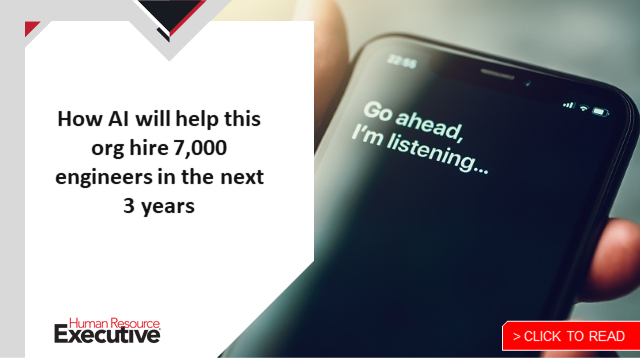Call it the Great Resignation or the Great Reshuffling but the new reality of employee demands and CEO expectations is placing never-before-seen strains on talent acquisition and recruitment professionals.
CNBC reports that 95% of employees are considering changing jobs and market research firm Korn Ferry predicts 85 million unfilled jobs in 2030. At the same time, a majority of CEOs say they want sustained growth once the pandemic lifts and are demanding greater operational efficiencies.
This is creating the biggest disconnect ever seen between talent and what businesses want, said iCIMS’ Mark Brandau, vice president of portfolio marketing, and Christy Spilka, global head of talent acquisition, during their HR Tech Virtual presentation this week entitled “Winning in the new talent economy.” The free, online event runs all week. Register here.
Related: How GM’s Kyle Lagunas builds a ‘zero-emission talent acquisition’ mandate
Solving the disconnect won’t happen in the short term, according to Brandau. “Most people believe that this will not subside and go away in the next few months,” he said. “This constant evolution of candidate expectations in what they want and the talent shortages are going to persist for years.”
 This is placing new pressures on TA professionals who must contend with burnout, high candidate expectations, increased competition for talent, and disparate technologies that deliver limited reporting and insights.
This is placing new pressures on TA professionals who must contend with burnout, high candidate expectations, increased competition for talent, and disparate technologies that deliver limited reporting and insights.
The TA professional space is reaching a 90% turnover rate within employees’ first year and it has the fifth-highest turnover rate of any job function. “There are as many openings for recruiters as software engineers right now,” said Spilka.
To address the needs of these vital employees, HR leaders and recruiters must think about candidate experience and take such steps as tracking candidate experience with survey tools, listening to candidate feedback, and acting on that feedback to improve the recruitment process.
TA and recruiters must consider the impact of their work on future candidates, as well.
This means thinking about the technology they use and how its experience it impacts candidates. “Sure, I can automate something in my workflow to make it easier for my TA team but will that be a dis-satisfier for my candidates?” asks Spilka. “You have to think about both things and make them meet together.”
Standardizing the hiring process can not only help streamline the hiring process, but it can also create a more fair and equitable hiring process.
According to Spilka, TA leaders should also:
- Align the hiring manager with the TA department. “It’s a partnership to align the goal, criteria and success of the project and [that] helps improve the interview process,” said Spilka.
- Build a diverse slate of interview candidates and sharpen the focus of the job search. “You can say we don’t want to have more than four interviews for this role,” she added.
- Streamline the interview feedback process, such as by standardizing hiring candidate forms and providing feedback on the interviews quickly.
- Ask managers to respond to candidate interviews with TA within one to two business days. “This allows us to get back to the candidate in a timely manner,” she added.
TA professionals also need to use multiple channels of communication with candidates, such as email, text and telephone. They should also produce high-quality videos that highlight the benefits of the workplace, its values and its diversity. The link to these videos should be provided in emails and texts to the candidates.
According to Spilka, “It’s a way to get candidates and sources more engaged, open up the doors, and showcase all the unique and incredible things about your organization.”
Registered attendees can watch the entire iCIMS presentation here.
The post How tech can help relieve the burdens of talent acquisition pros appeared first on HR Executive.